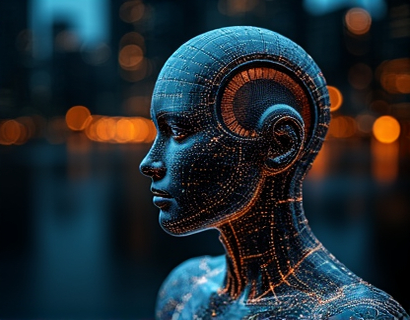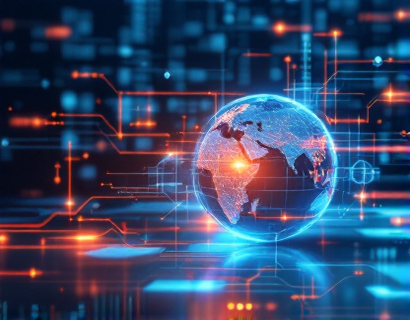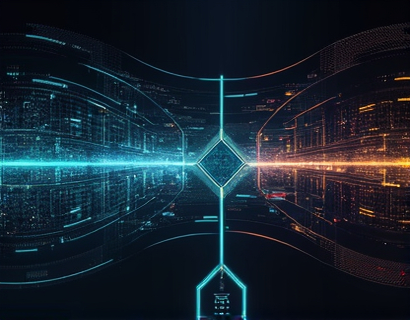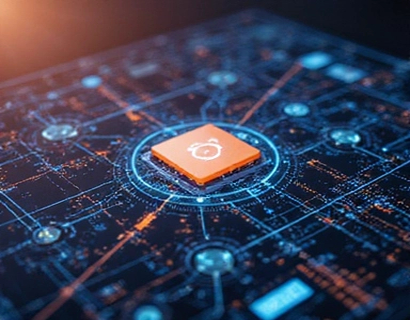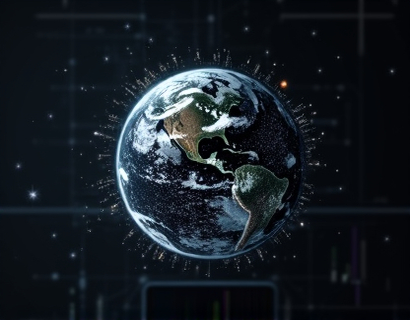Automated Document Translation: Elevating Global Communication with AI-Powered Multilingual Solutions
In an increasingly globalized world, the need for efficient and accurate multilingual communication has become paramount. Businesses and individuals frequently encounter the challenge of translating documents into multiple languages to facilitate international collaboration, expand market reach, and maintain cultural relevance. Automated document translation, powered by advanced AI technologies, offers a revolutionary solution to this challenge. This article delves into the transformative impact of AI-driven document translation software, highlighting its capabilities, benefits, and the ways it is reshaping global communication.
Understanding AI-Powered Document Translation
AI-powered document translation goes beyond traditional machine translation by leveraging deep learning algorithms and natural language processing (NLP) to understand and translate text with higher accuracy and cultural sensitivity. These systems are trained on vast datasets that include a wide range of linguistic structures, idioms, and contextual nuances. This training enables the software to produce translations that not only convey the literal meaning of the text but also capture the intended tone and cultural context.
The core of AI-driven translation lies in its ability to continuously learn and improve. Through machine learning, these systems adapt to new data and feedback, refining their translation algorithms over time. This dynamic learning process ensures that the translations remain up-to-date with evolving language usage and cultural trends, making the technology increasingly reliable and effective.
Key Features of AI-Driven Translation Software
AI-powered translation software offers several key features that set it apart from traditional translation methods:
- High Accuracy: By utilizing advanced NLP techniques, these systems can accurately translate complex sentences and maintain the original meaning, reducing errors and misinterpretations.
- Cultural Sensitivity:
- Speed and Efficiency:
- Consistency:
- Scalability:
Understanding and respecting cultural nuances is crucial in translation. AI-driven software is designed to recognize and adapt to cultural differences, ensuring that translations are not only linguistically correct but also culturally appropriate.
Automation significantly speeds up the translation process, allowing users to convert large volumes of text in a fraction of the time it would take human translators. This efficiency is particularly beneficial for businesses handling extensive multilingual content.
AI-driven translation ensures consistent terminology and style across all documents, which is essential for maintaining brand identity and coherence in multilingual communications.
These systems can easily scale to accommodate growing translation needs, making them ideal for businesses of all sizes and those expanding into new markets.
Benefits of AI-Driven Document Translation
The adoption of AI-powered translation software brings numerous benefits to both businesses and individuals:
For businesses, the primary advantage is the ability to expand globally without the bottleneck of translation delays. Accurate and timely translations enable companies to communicate effectively with international clients, partners, and employees, fostering stronger relationships and enhancing market presence. Additionally, the cost savings from reduced reliance on human translators and the efficiency gains from faster turnaround times contribute to overall operational efficiency.
For individuals, AI-driven translation facilitates personal and academic communication across language barriers. Students, researchers, and professionals can access a broader range of resources and collaborate with international peers more seamlessly. This democratization of information and knowledge exchange promotes global understanding and innovation.
Moreover, the ability to manage multilingual content efficiently helps organizations comply with local regulations and standards, which often require documentation in specific languages. AI-driven translation ensures that all necessary documents are accurately translated, reducing the risk of legal and compliance issues.
Enhancing International Collaboration
One of the most significant impacts of AI-powered translation is its role in enhancing international collaboration. In a globalized economy, teams often comprise members from diverse linguistic backgrounds. AI-driven translation tools break down communication barriers, enabling seamless collaboration and idea sharing. This is particularly valuable in industries such as technology, research, and finance, where cross-border teams are increasingly common.
Project management platforms, collaborative documents, and communication tools integrated with AI translation capabilities ensure that all team members, regardless of their native language, can contribute effectively. This inclusivity not only improves productivity but also fosters a more diverse and innovative work environment.
Challenges and Considerations
While AI-driven translation offers numerous advantages, it is essential to acknowledge some challenges and considerations:
First, although AI translation has improved significantly, it is not infallible. Certain contexts, such as legal documents, medical records, and highly specialized technical content, may still require human oversight to ensure precision and accuracy. Organizations should establish protocols for reviewing and validating AI-generated translations in critical applications.
Second, the quality of translation can vary based on the complexity of the text and the specific language pair. While major languages with extensive datasets tend to have higher accuracy, less common languages may face challenges. It is crucial to select translation software that supports the required language pairs and continuously updates its models to improve performance.
Third, user adoption and integration into existing workflows can be a hurdle. Organizations should invest in training and support to ensure that employees are comfortable using these tools and understand their capabilities and limitations. Seamless integration with existing systems is also vital for maximizing the benefits of AI-driven translation.
Future Trends in Automated Document Translation
The field of AI-powered translation is rapidly evolving, with several promising trends on the horizon:
First, the integration of multimodal translation is gaining traction. This approach combines text, voice, and visual content translation, providing a more comprehensive and context-aware translation experience. For instance, AI can translate spoken words in real-time during video conferences or convert sign language into text, further breaking down communication barriers.
Second, the development of zero-shot and few-shot learning techniques allows translation models to perform well even with limited data for specific language pairs. This advancement will make AI translation more accessible and effective for a wider range of languages and dialects.
Third, the incorporation of emotional intelligence and sentiment analysis into translation models is becoming more sophisticated. These enhancements will enable translations that not only convey the literal meaning but also capture the emotional tone and intent behind the text, making communications more nuanced and effective.
Conclusion
AI-powered document translation is revolutionizing global communication by providing accurate, culturally sensitive, and efficient multilingual solutions. As the technology continues to advance, it will play an increasingly vital role in breaking down language barriers and fostering international collaboration. For businesses and individuals seeking to expand their reach and enhance communication, embracing AI-driven translation is not just a strategic advantage but a necessity in today's interconnected world.



